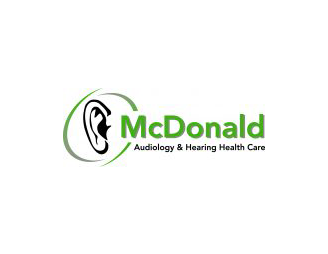Hearing loss can happen at any age. In fact, nearly 12 percent of kids age 6 through 19 have noise induced hearing loss according to the American Academy of Audiology. Hearing loss is also the number one most common type of birth defect in the U.S. Nearly 12,000 children are born each year with some type of hearing loss says the American Speech and Language Association.
Early intervention can improve language skills in children with hearing loss. – The earlier in life that hearing losses are identified, the more likely the child is to develop fully normal language skills. Children whose hearing loss was identified before 6 months of age showed dramatic gains in language skill development compared to those diagnosed after 6 months of age. This difference was due to early treatment.
Childhood hearing losses aren’t necessarily lifelong.
– Not all hearing loss is the result of a long term permanent defect. Minor conditions such as a build up of earwax or an infection could cause reversible hearing loss. Medical treatment or minor surgery could be the solution to some hearing loss issues, but early intervention is vital. Chronic (long term) ear infections could cause permanent hearing loss so be sure you seek professional help early on if ear infections are suspected.
Some hearing loss can be prevented. – There are types of hearing loss that are preventable, including noise related damage to the hearing. Protect your kids’ ears with ear plugs and/or earmuffs and turn down the volume on the stereo, television, game systems and MP3 player to avoid noise related hearing loss in your children and teens.
Hearing loss could delay language development. – Language development in the brain of children is at its highest level between age 0 and 3. Hearing is vital to normal speech development because this process begins in young children with the ability to listen. Language skills are vital in order for kids to go on to learn how to read effectively.
Parents may be the first to notice symptoms of hearing loss in kids.
– Many times parents are the first to recognize signs of hearing loss in infants and small children. Response to your voice, noticing noises that toys make (such as rattles), and making babbling sounds are all signs to observe for to ensure infants have normal hearing. At 9 months your baby should respond to the sound of his/her name, repeat back some noises he/she hears and follow simple commands. For a more in depth list of normal milestones for babies and young children to assess possible hearing loss, ask your hearing specialist or audiologist. Be sure to find out about recommended screenings as well.

